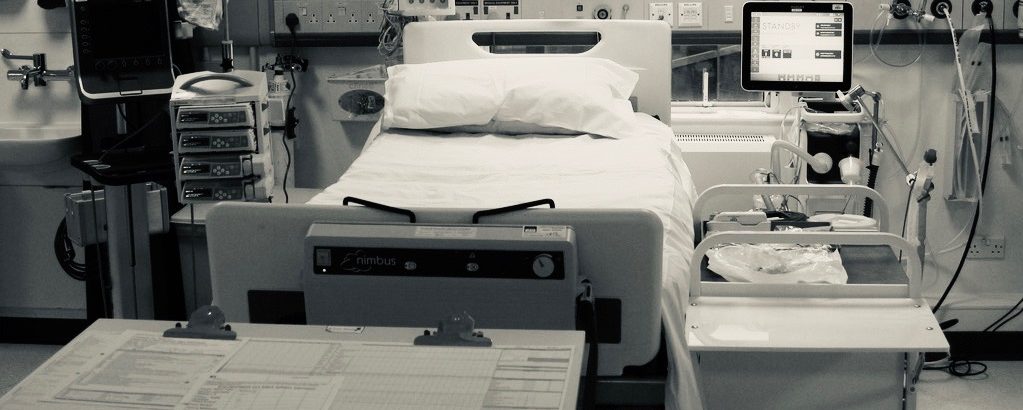What is an angiogram?
An angiogram is a type of X-ray test used to produce pictures of blood vessels. A cerebral angiogram shows the blood vessels in the head and neck.

What happens before the test?
A doctor will assess medical history and any medication being taken, and will explain the test. They will ask the patient for consent for the test. If you are too unwell to give your consent, the procedure will be discussed with your family.
What happens during the test?
The radiologist will give an injection of local anaesthetic to numb your groin. The radiologist will then put a very small tube, called a ‘catheter’, into the main blood vessel in the groin (the femoral artery). The catheter is guided through other blood vessels in the body until it reaches the blood vessels in the neck that supply the brain.
When the catheter is in the right position, the radiologist will inject a special dye through it (called contrast agent), and some X-ray images will be taken. Blood vessels don’t normally show up on X-rays, but this dye makes them visible.
The radiologist may take several sets of pictures with further injections of dye. The injections may give a general warm feeling, but this goes away quickly.
The whole procedure is likely to take at least one hour.
What happens after the test?
When all the X-ray images have been taken, the catheter in the groin will be removed by the radiologist. The point where the catheter was inserted will be pressed on for up to 10 minutes to seal it and stop any bleeding. Sometimes the team may use a small collagen plug called an ‘angio-seal’ device to plug the leg artery puncture site. The collagen is naturally absorbed by the body over the next 90 days and you’ll be given a patient information card to carry during this time.
After any bleeding has been stopped, the patient will be taken into the recovery room and then back to the ward.
It is quite common for there to be some bruising and soreness around the place the catheter was inserted. This might last for a few days following the angiogram and is completely normal.

Comments are closed